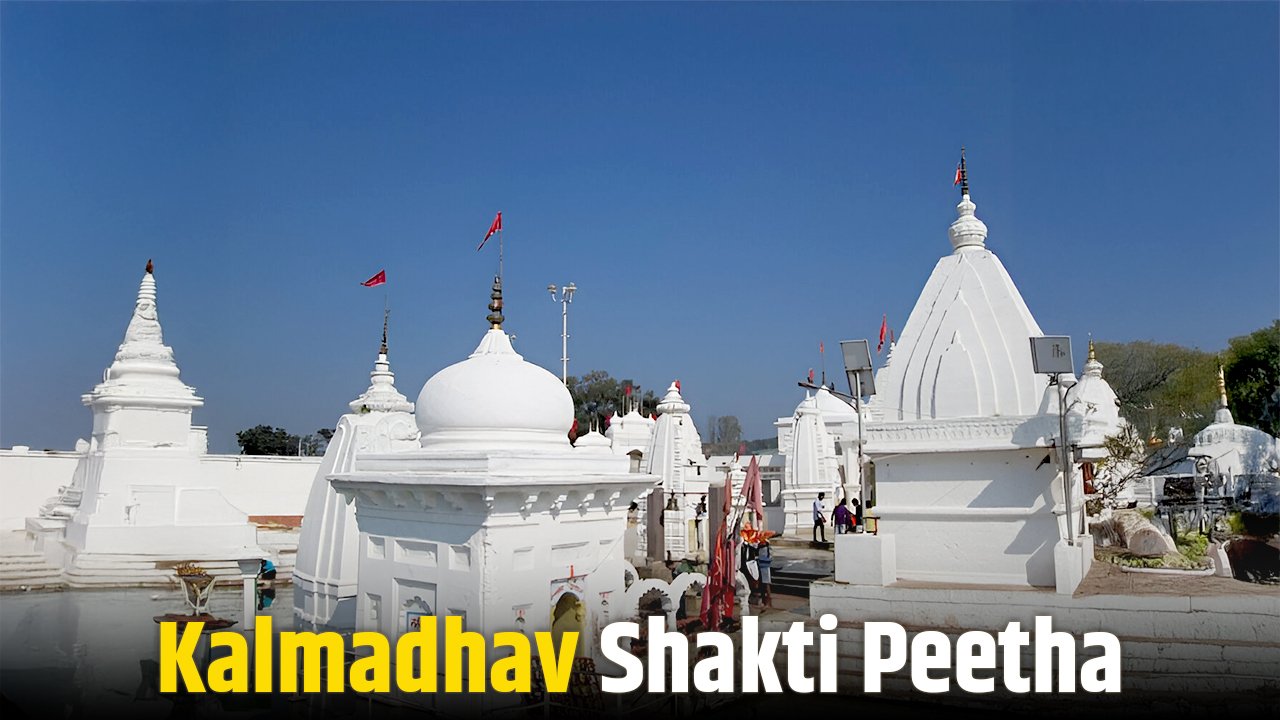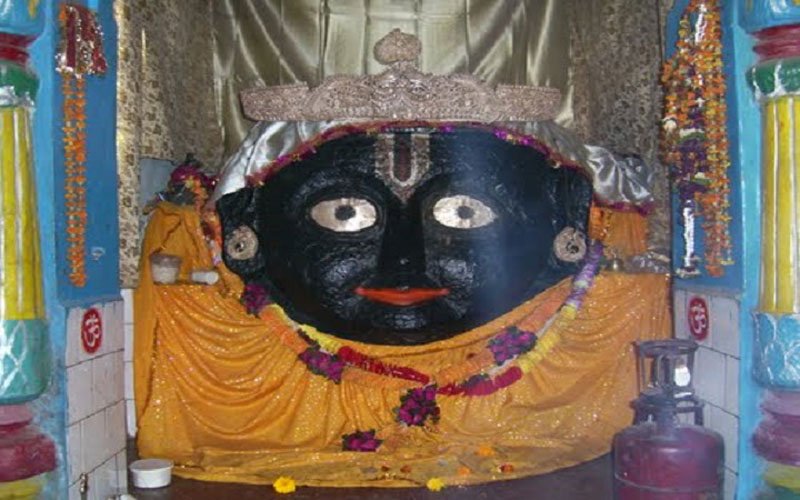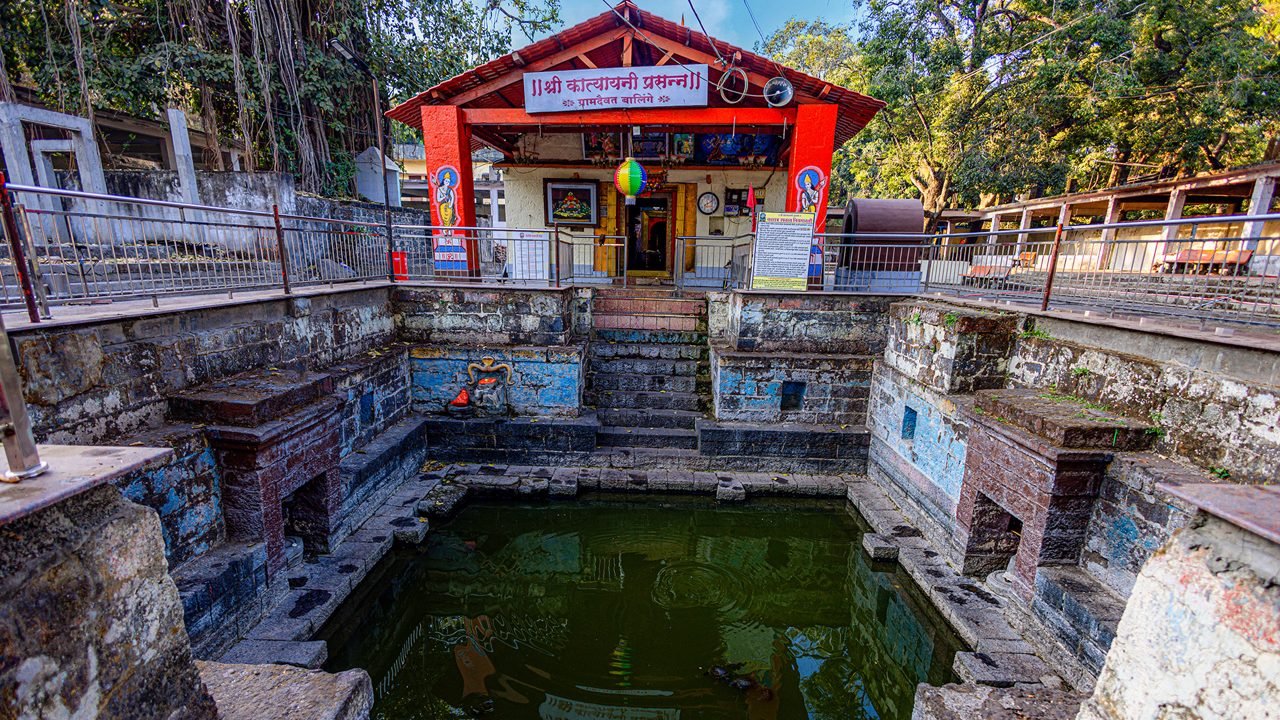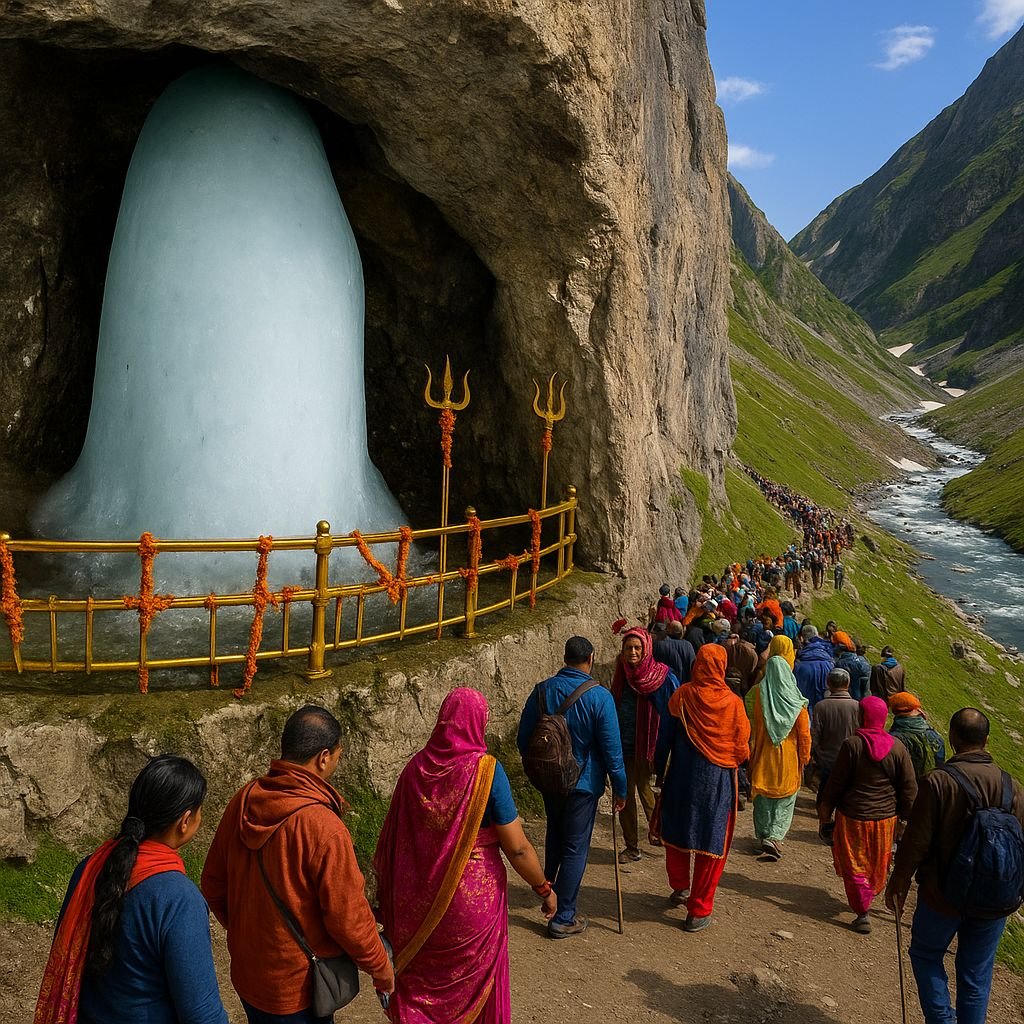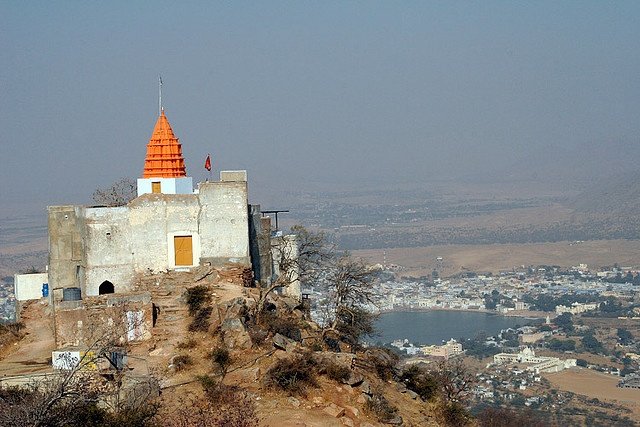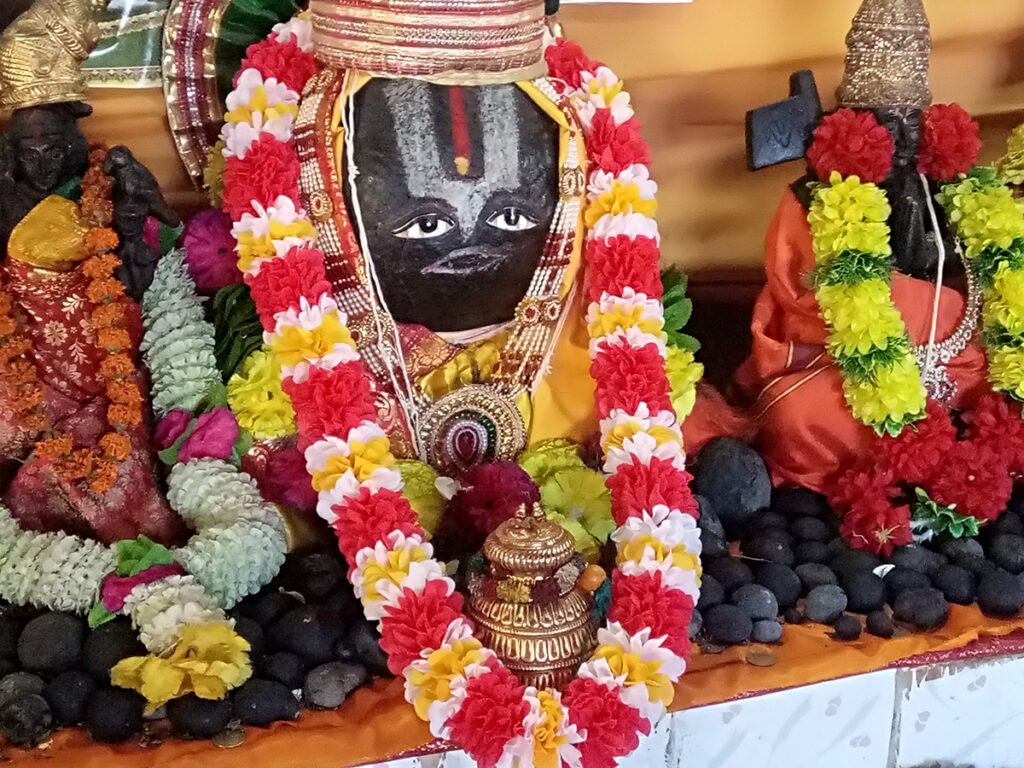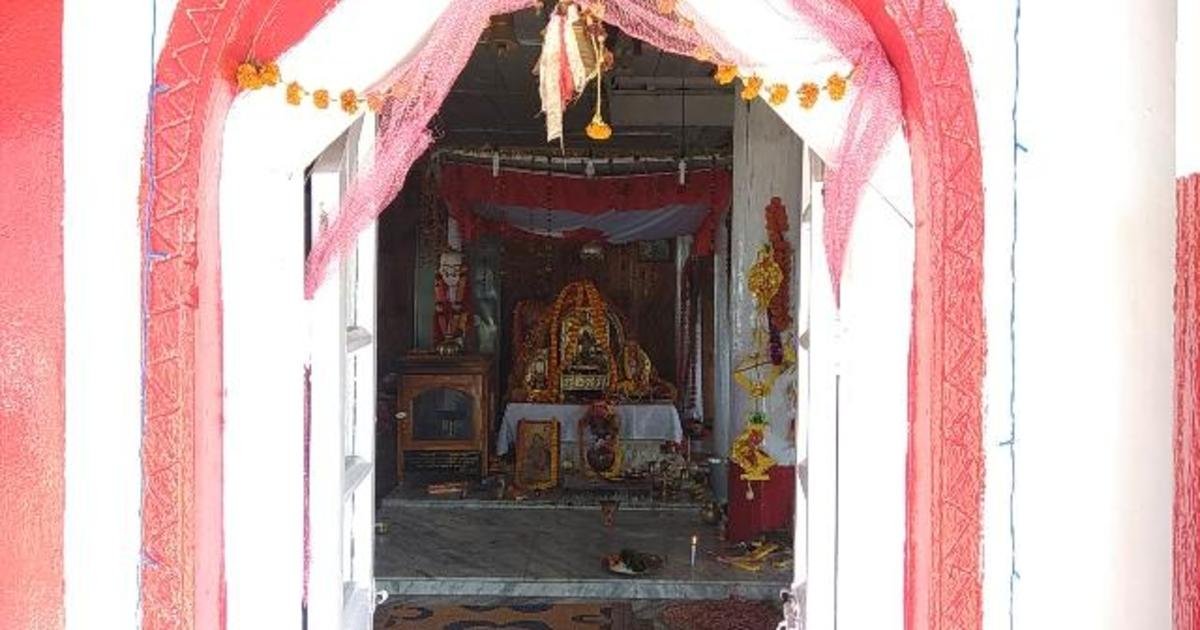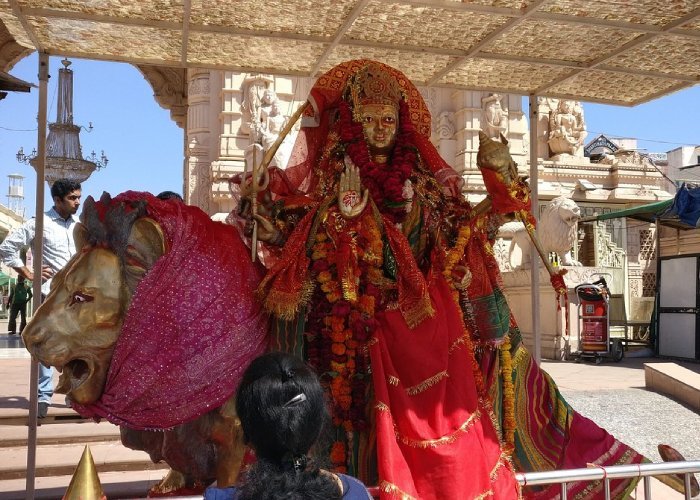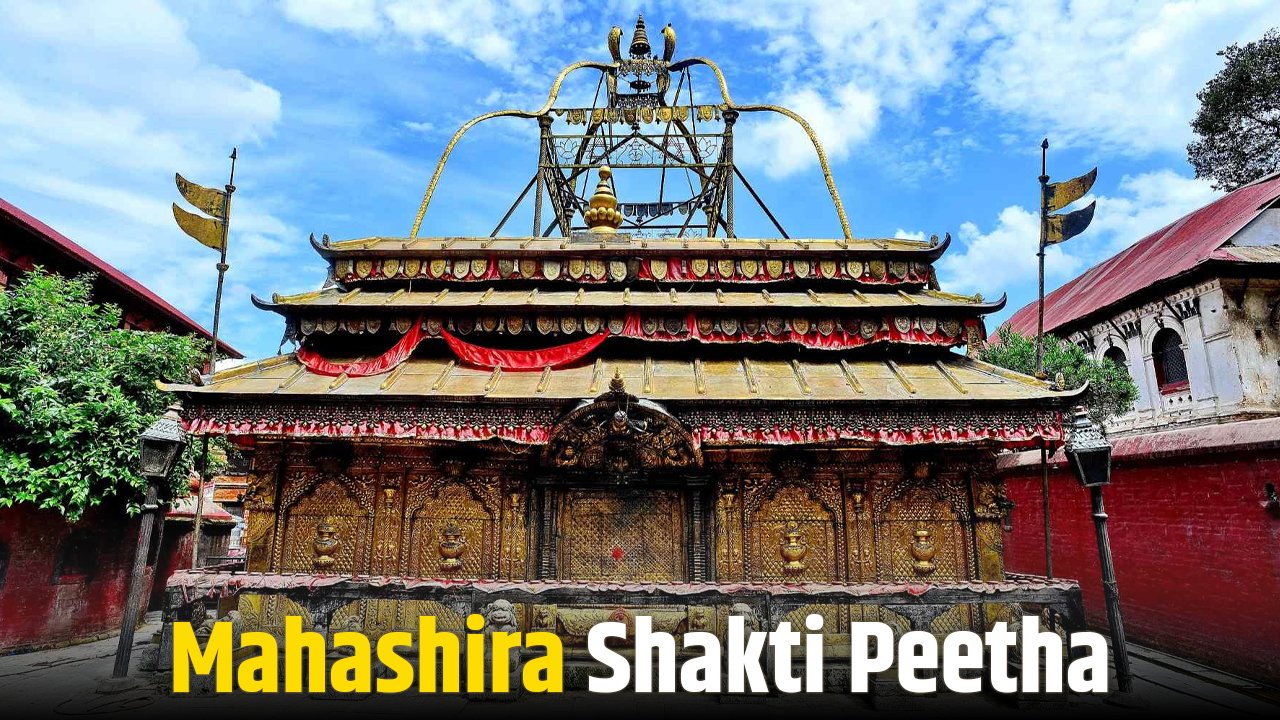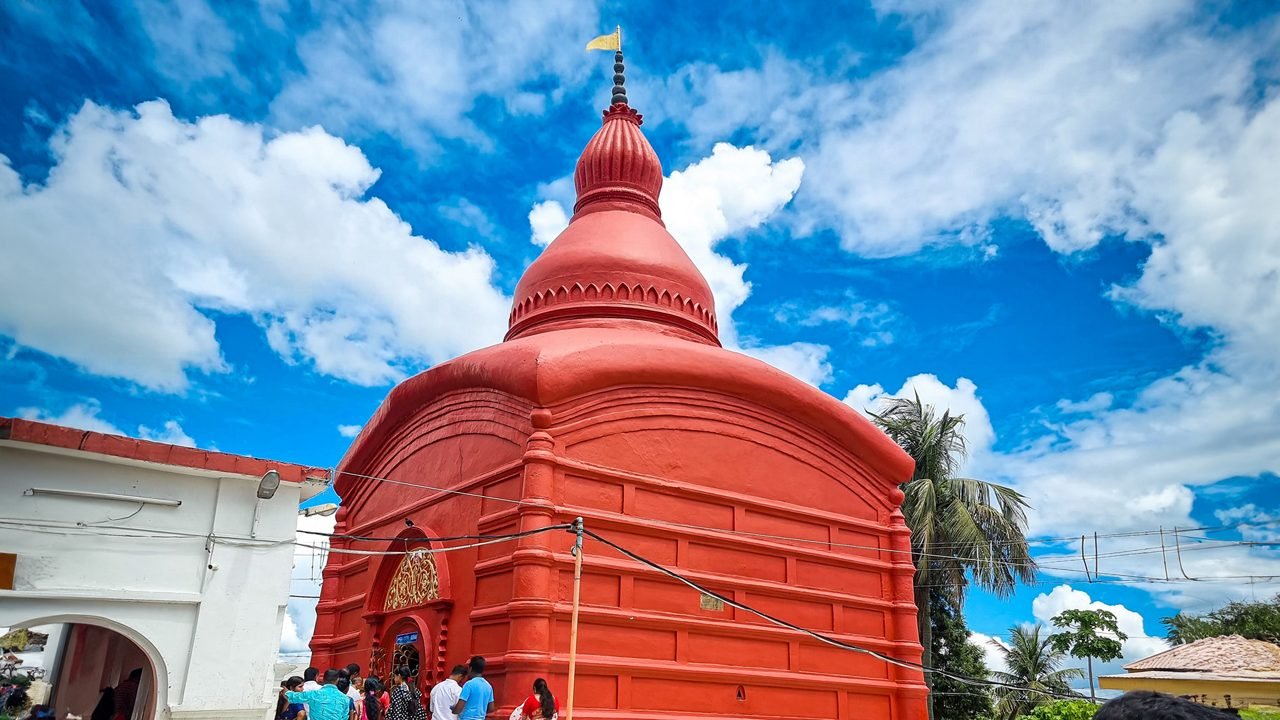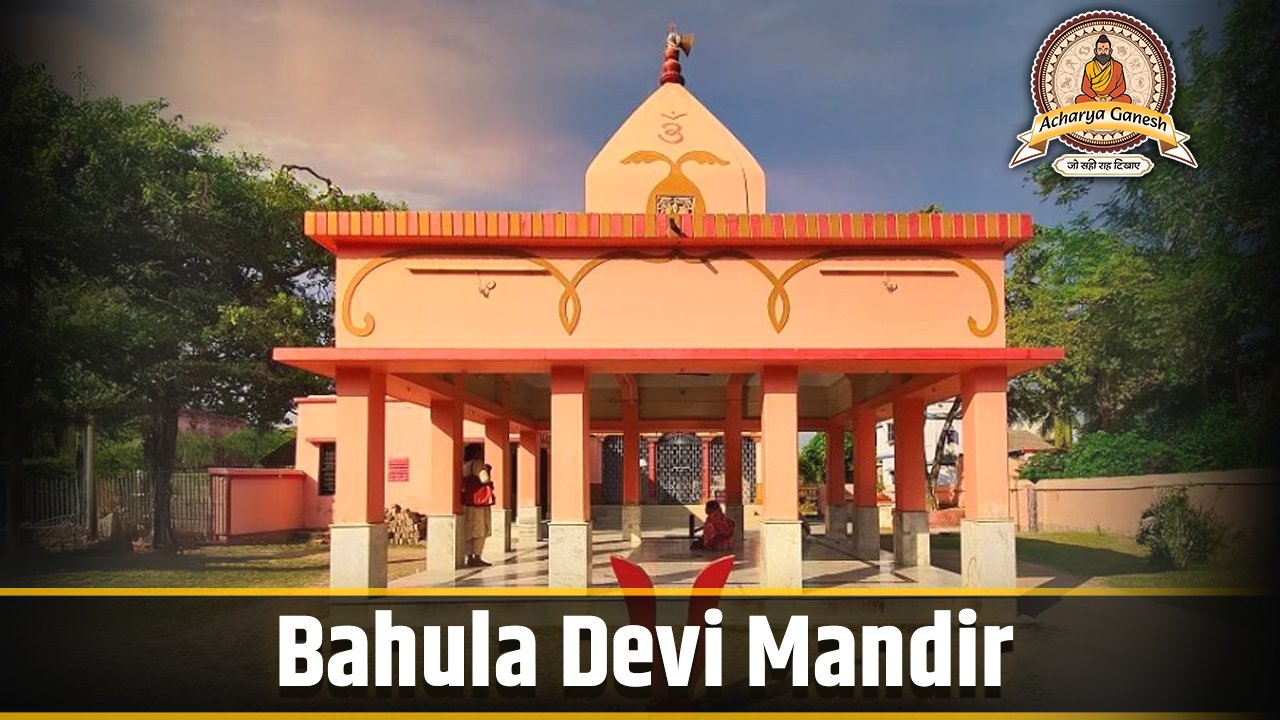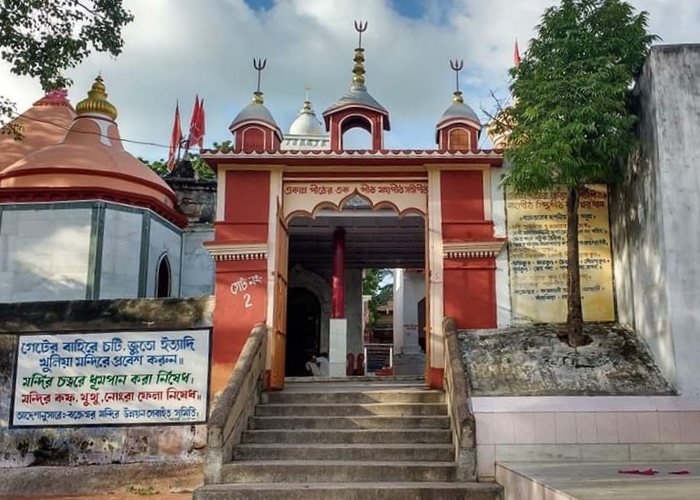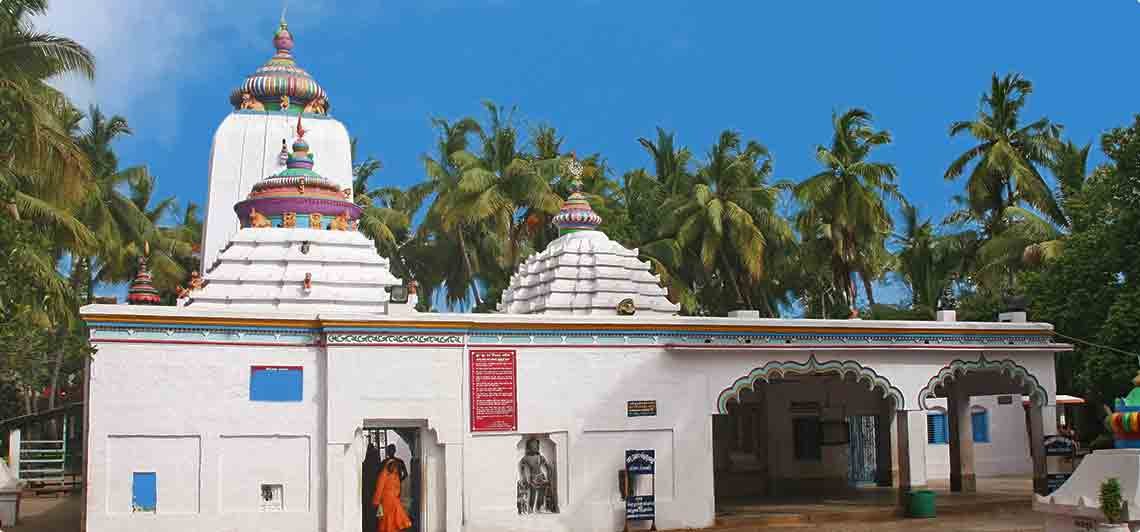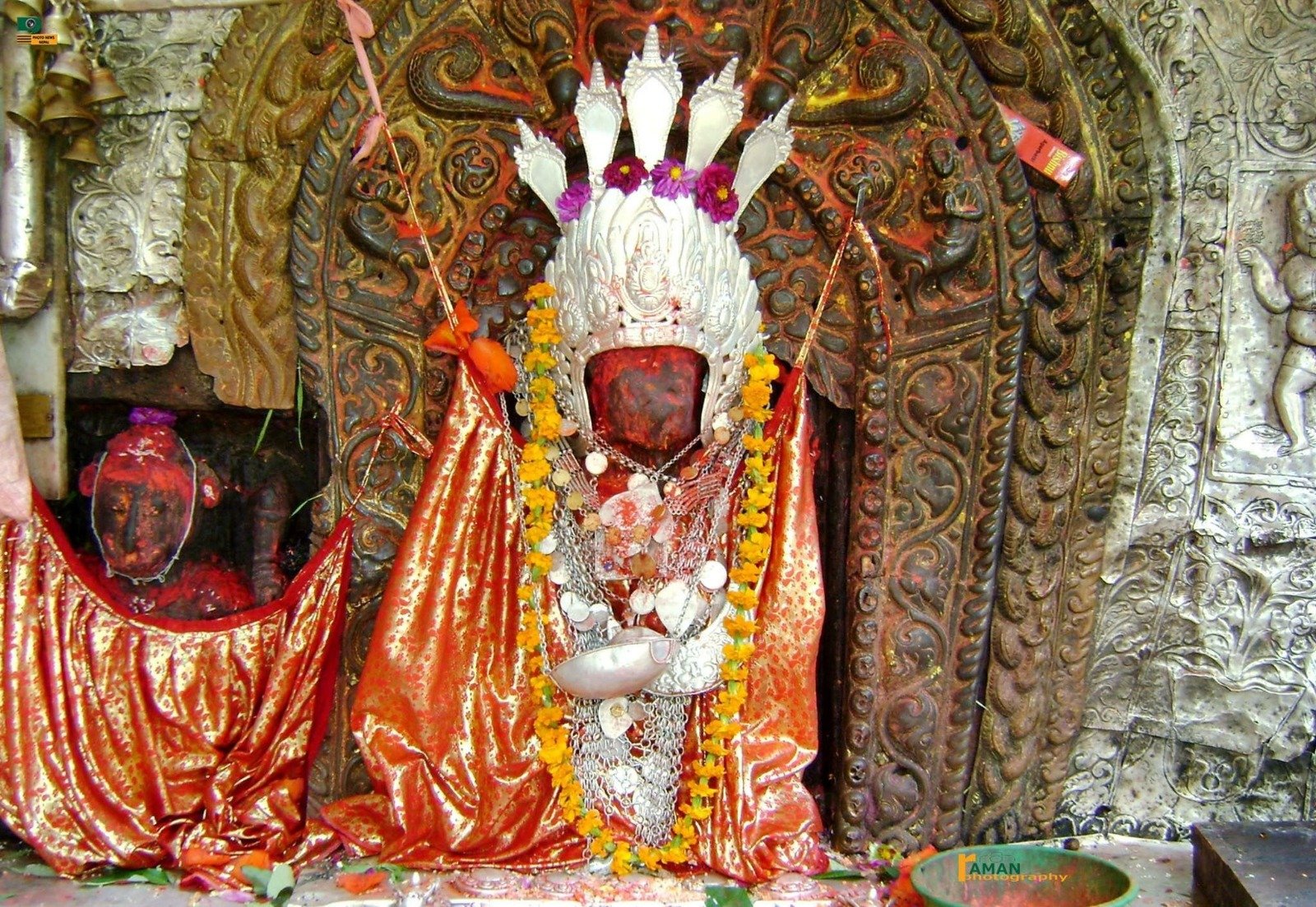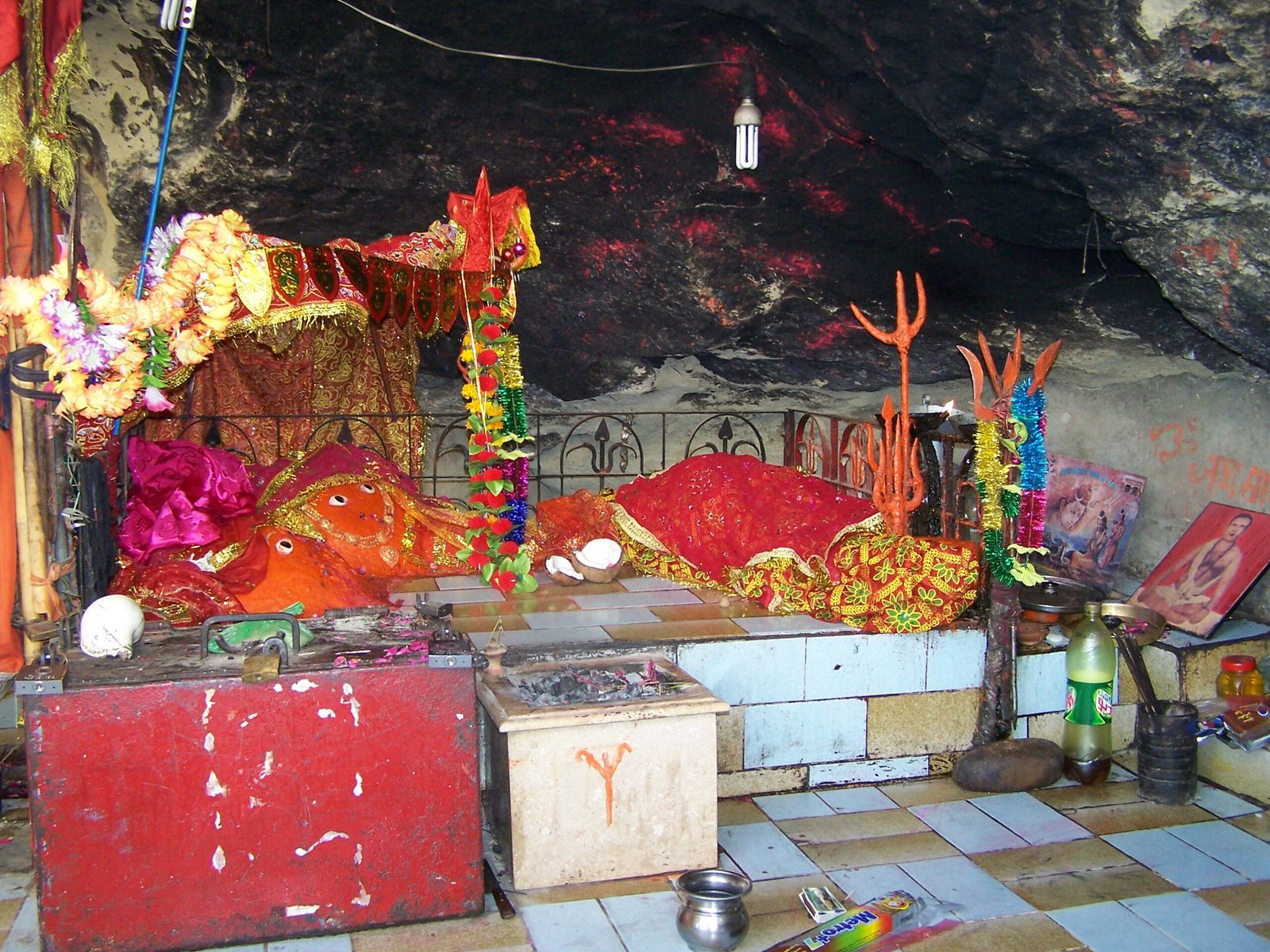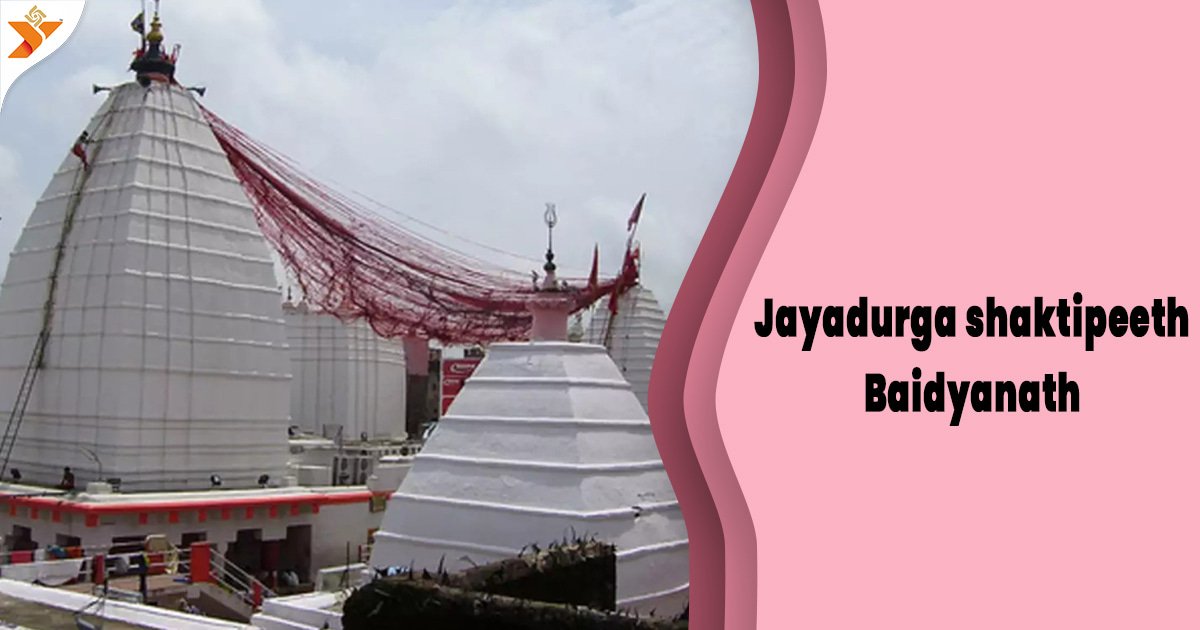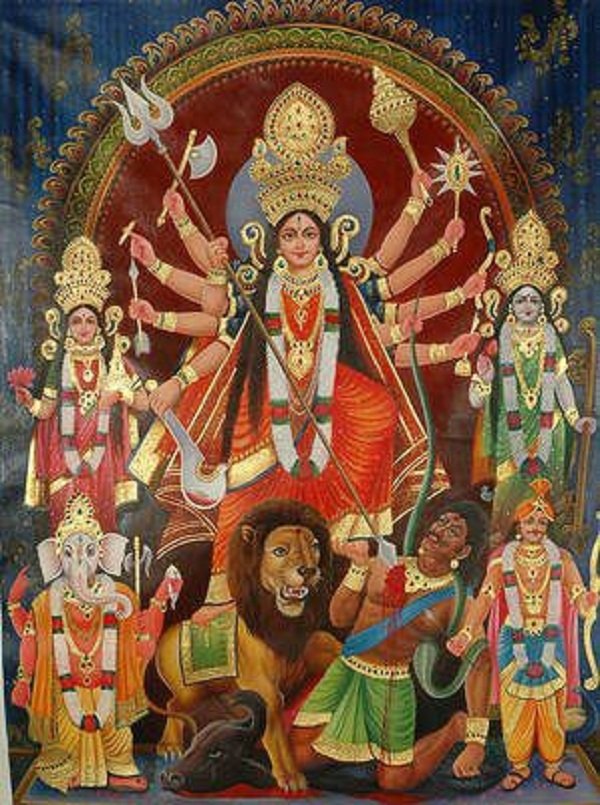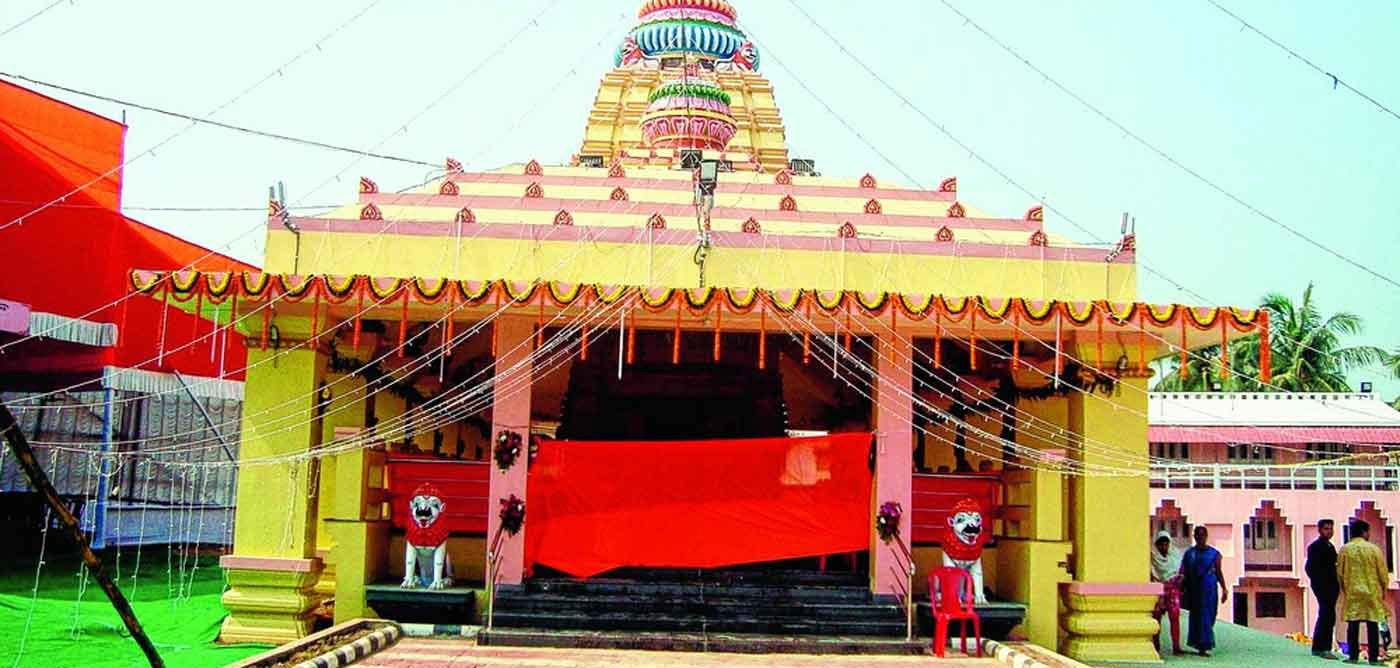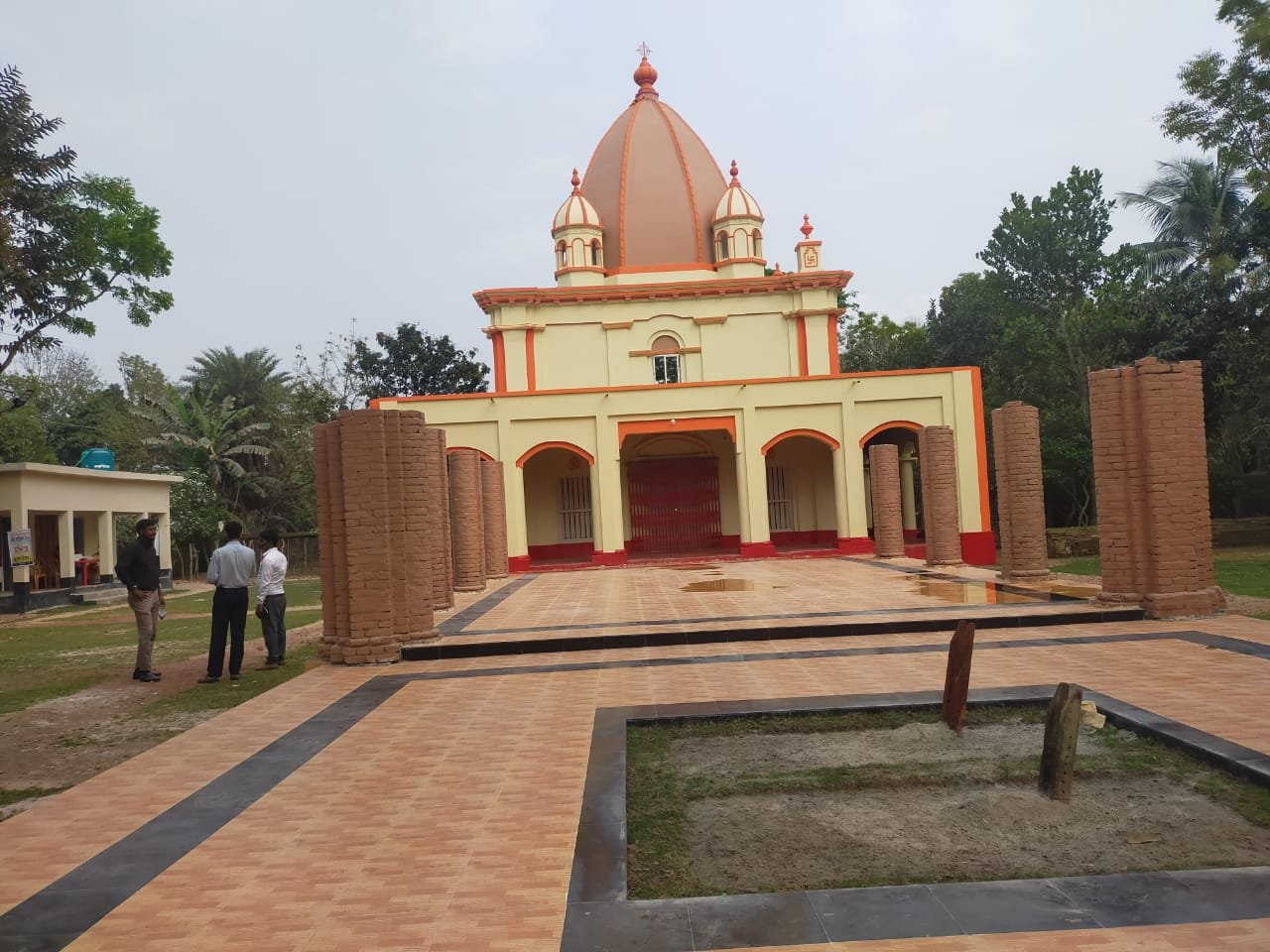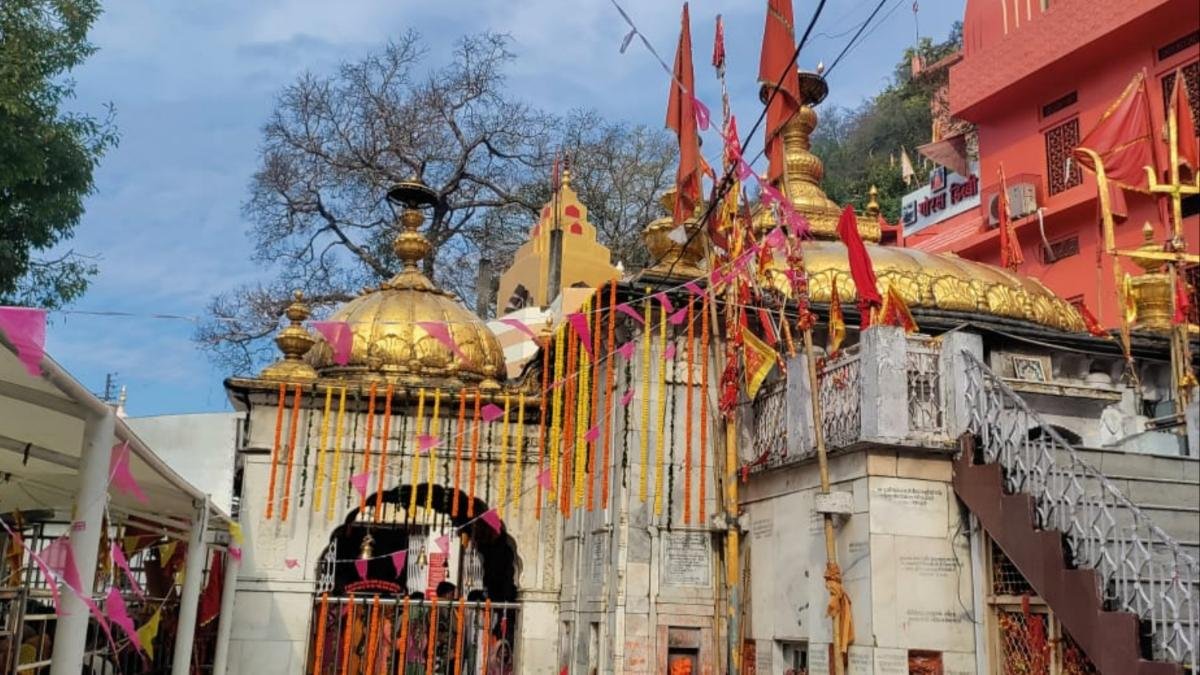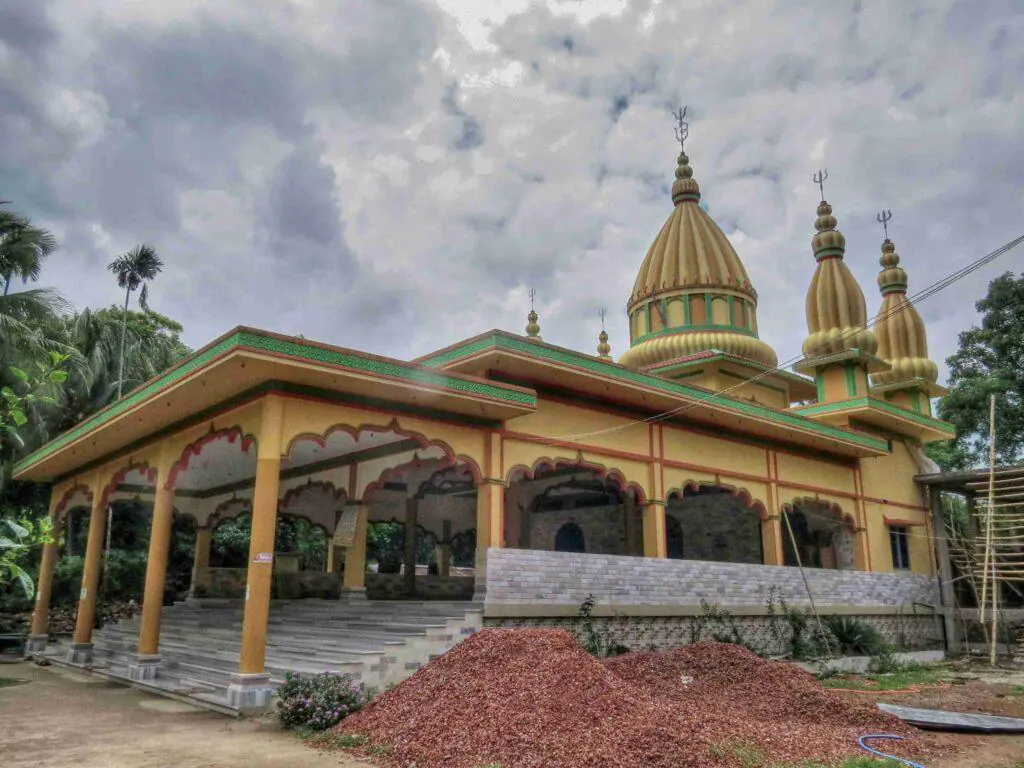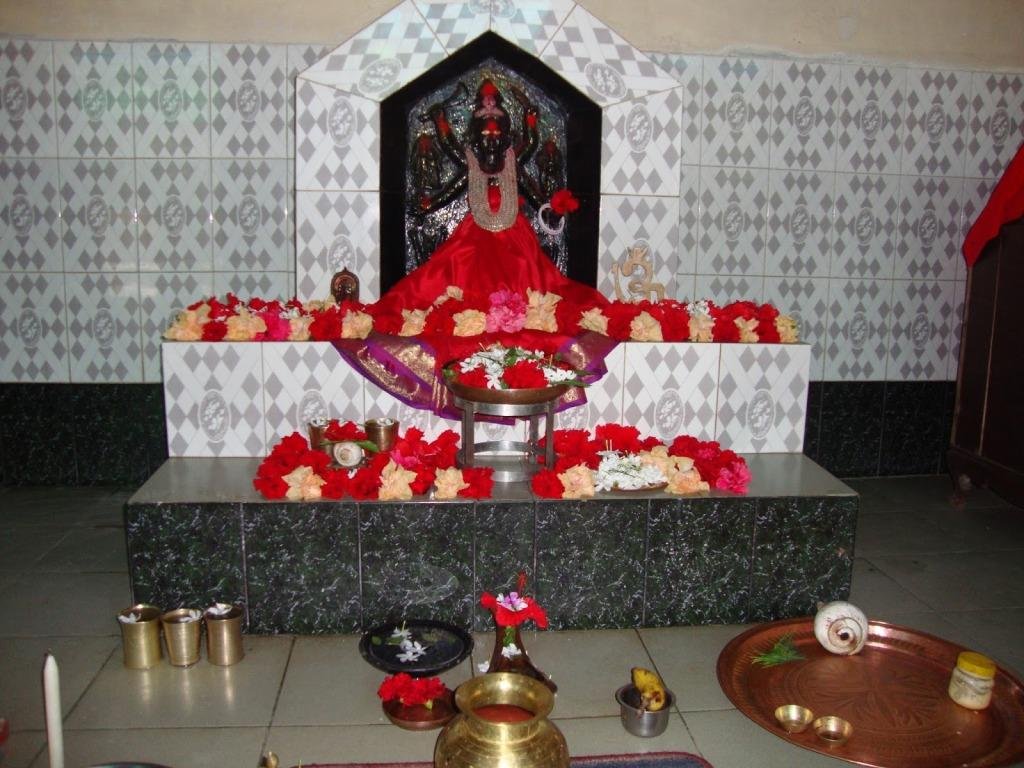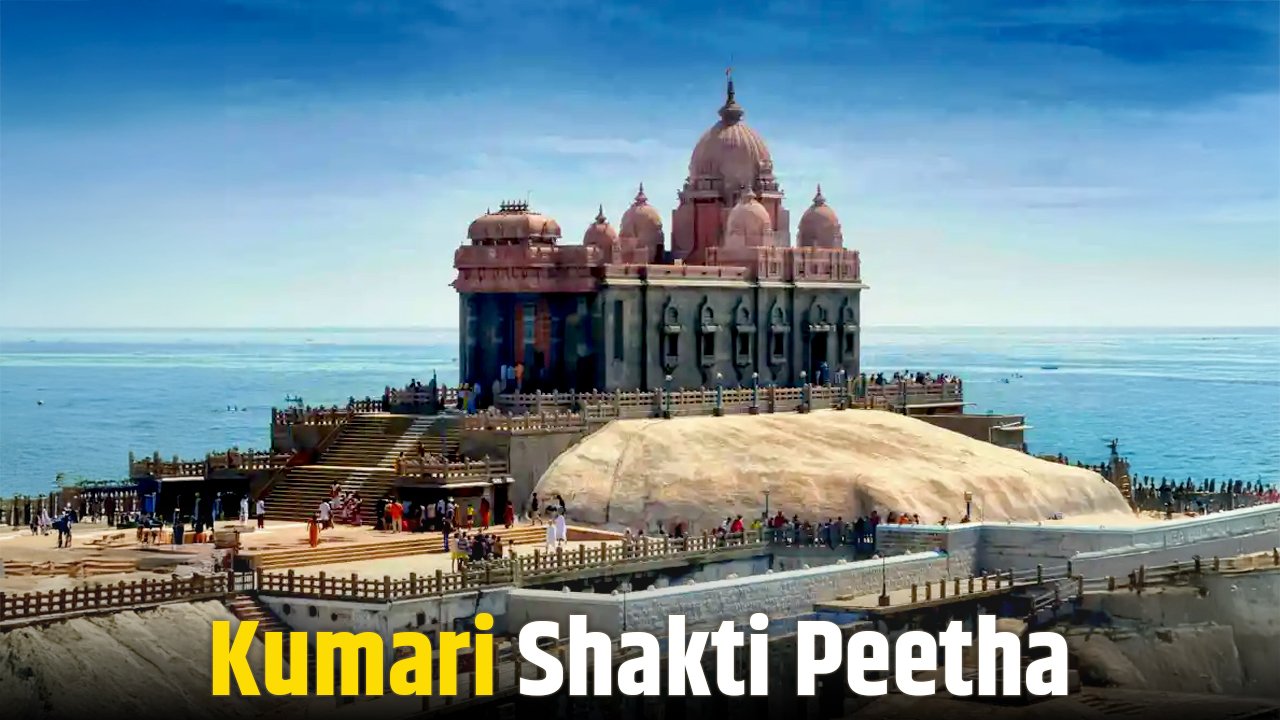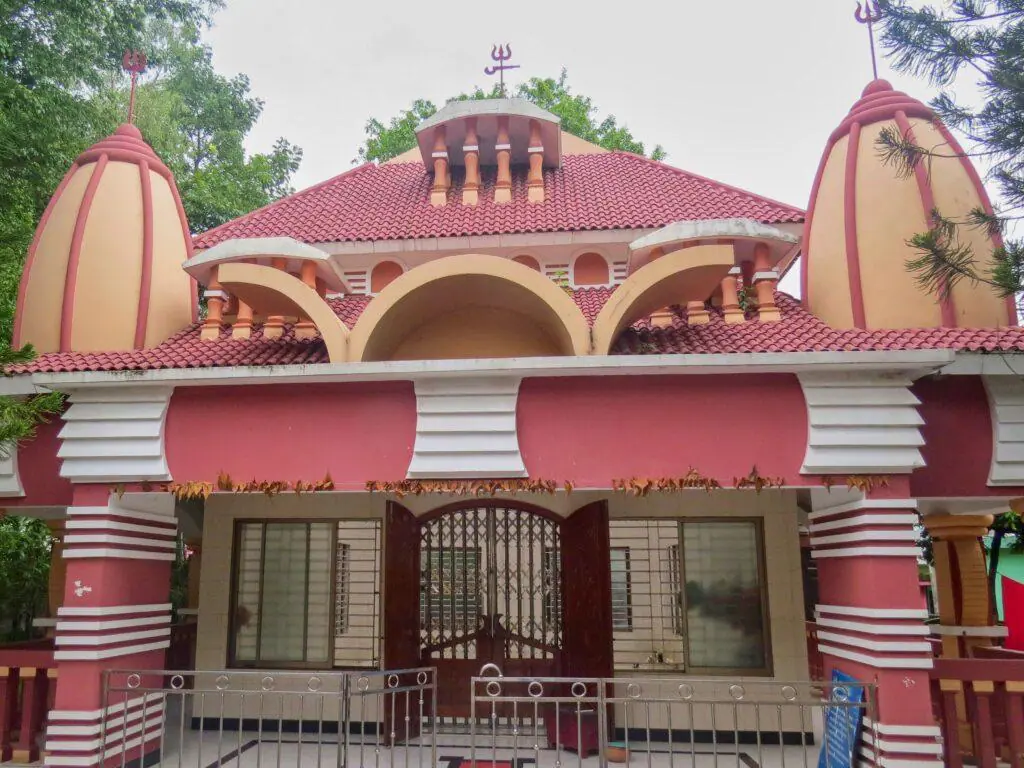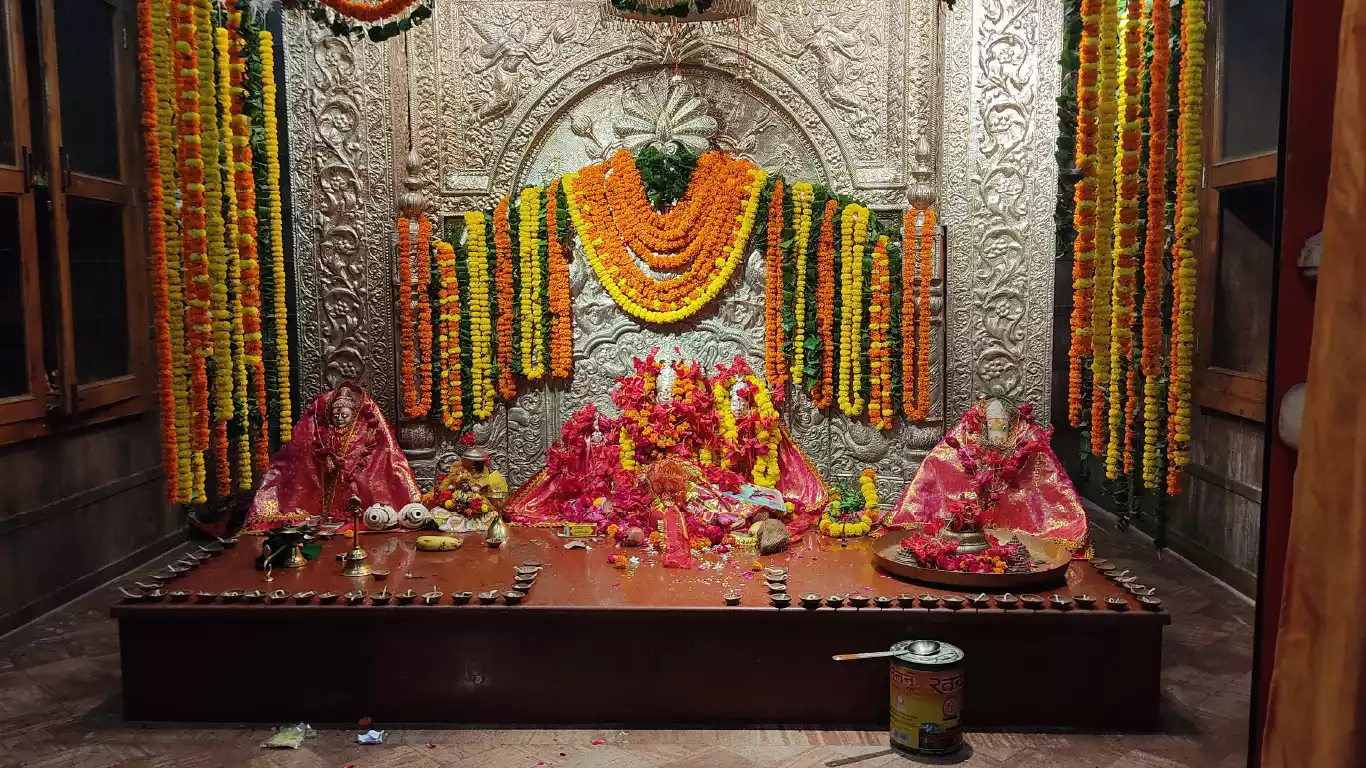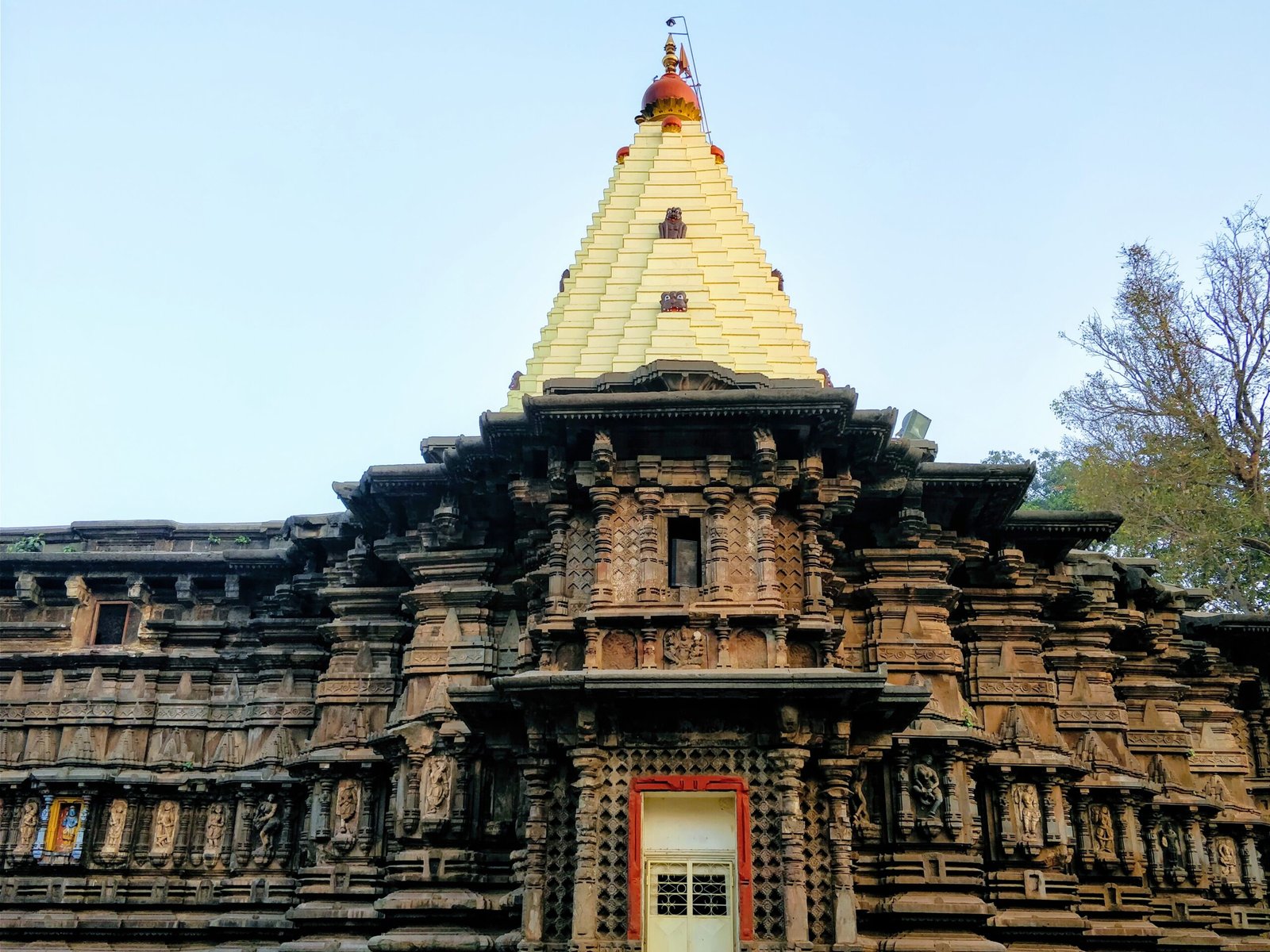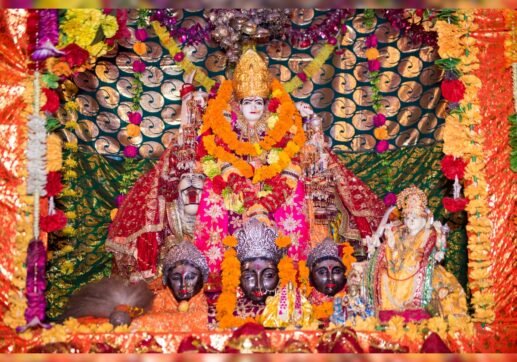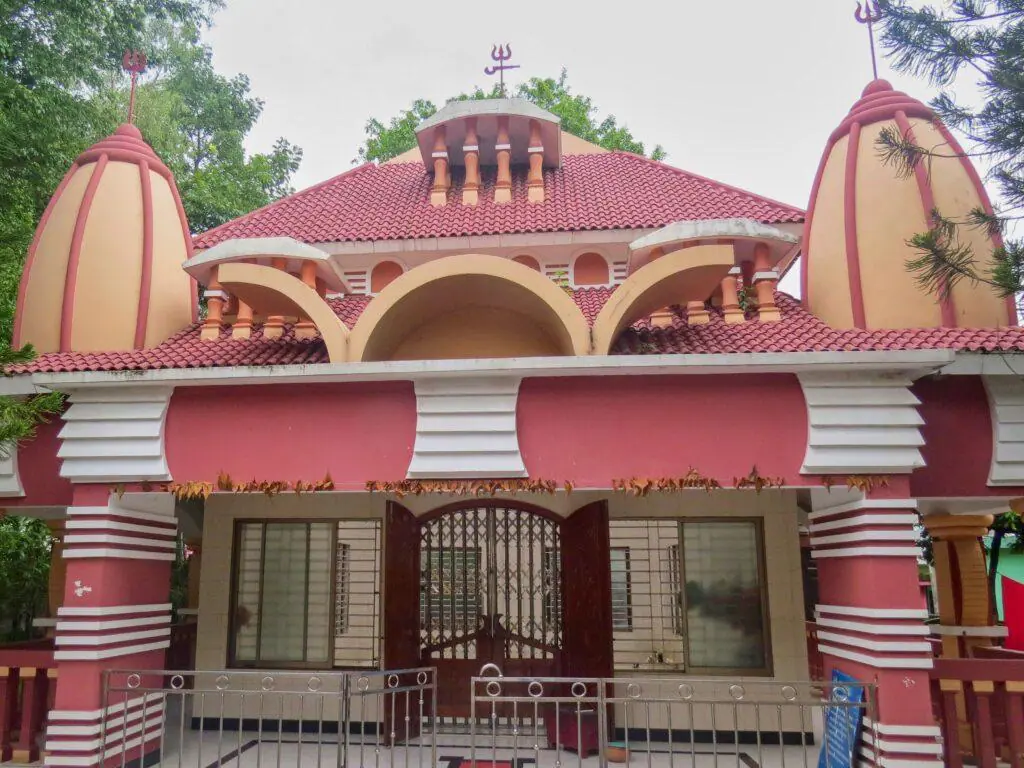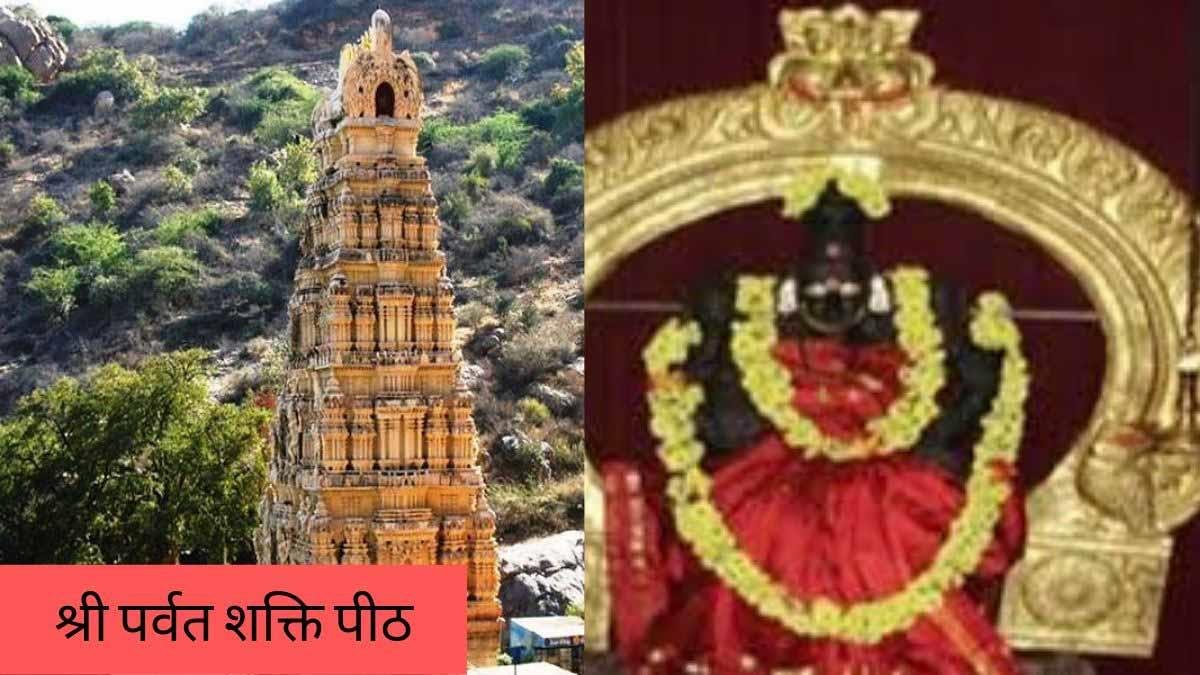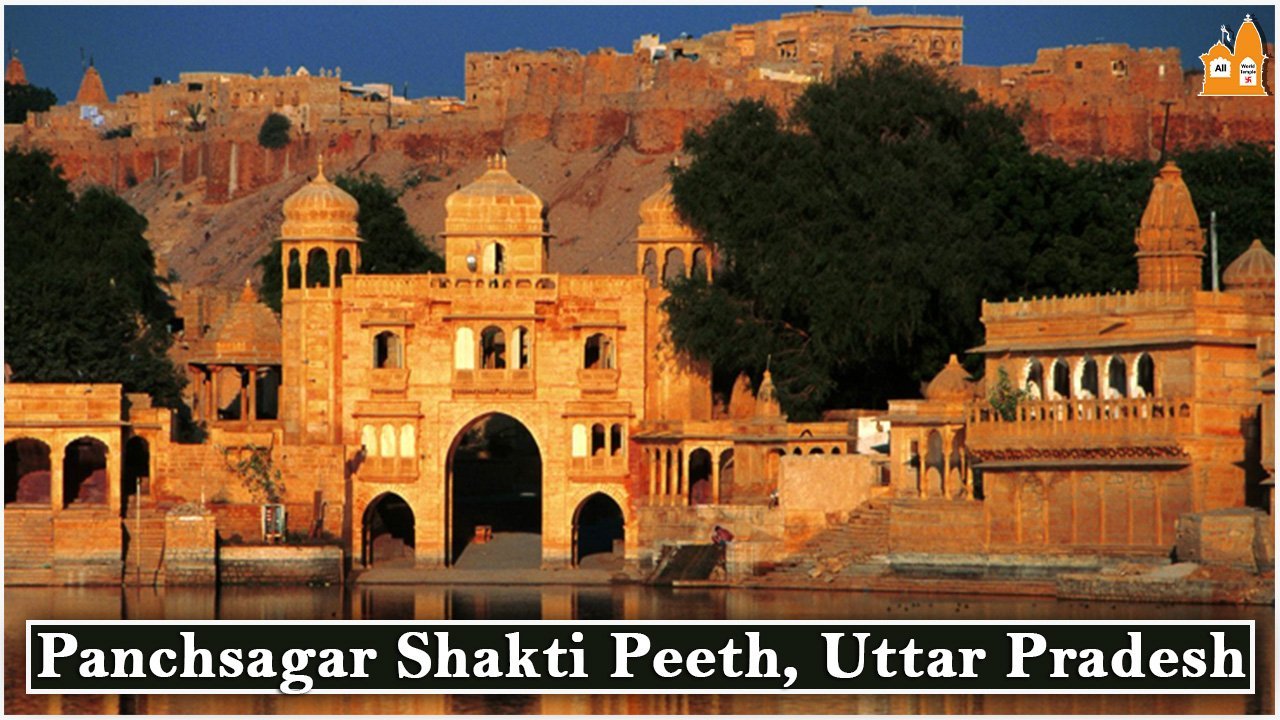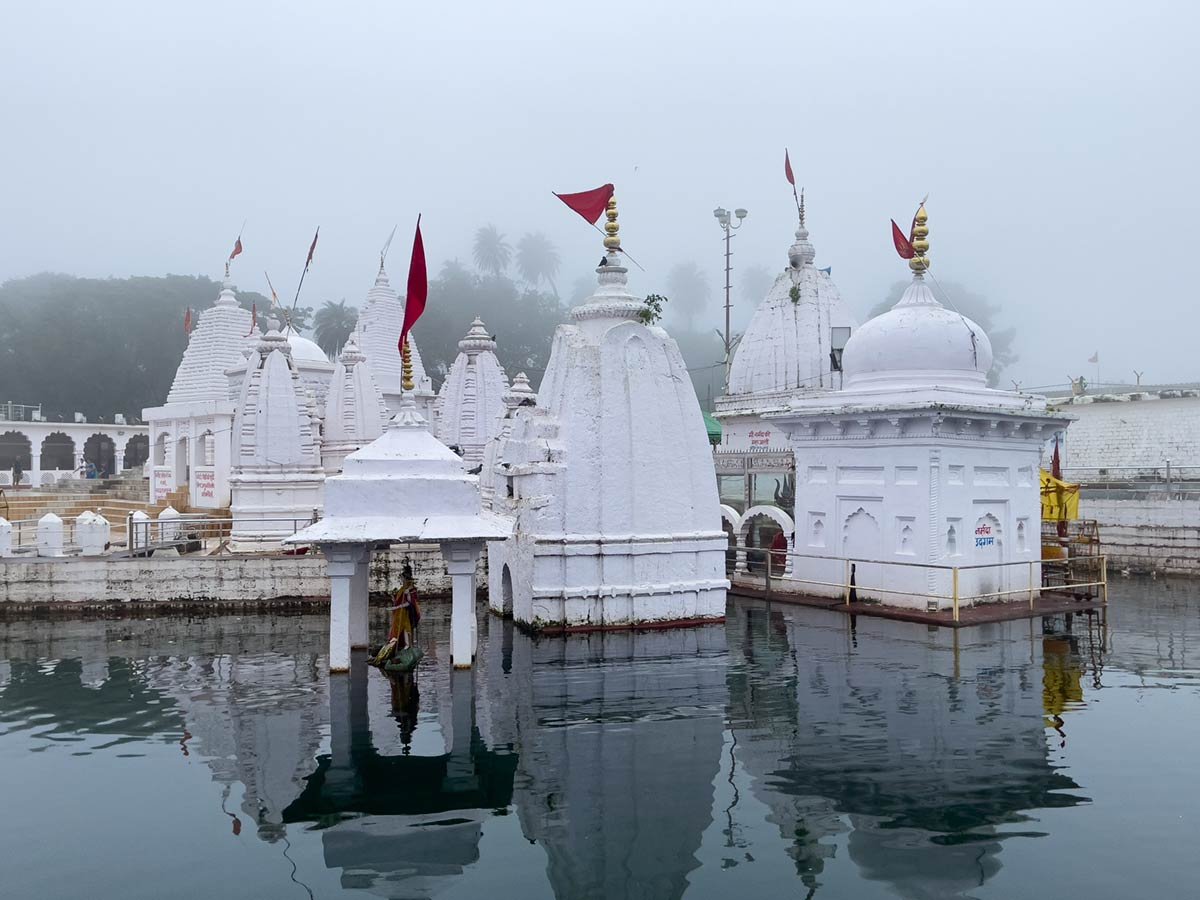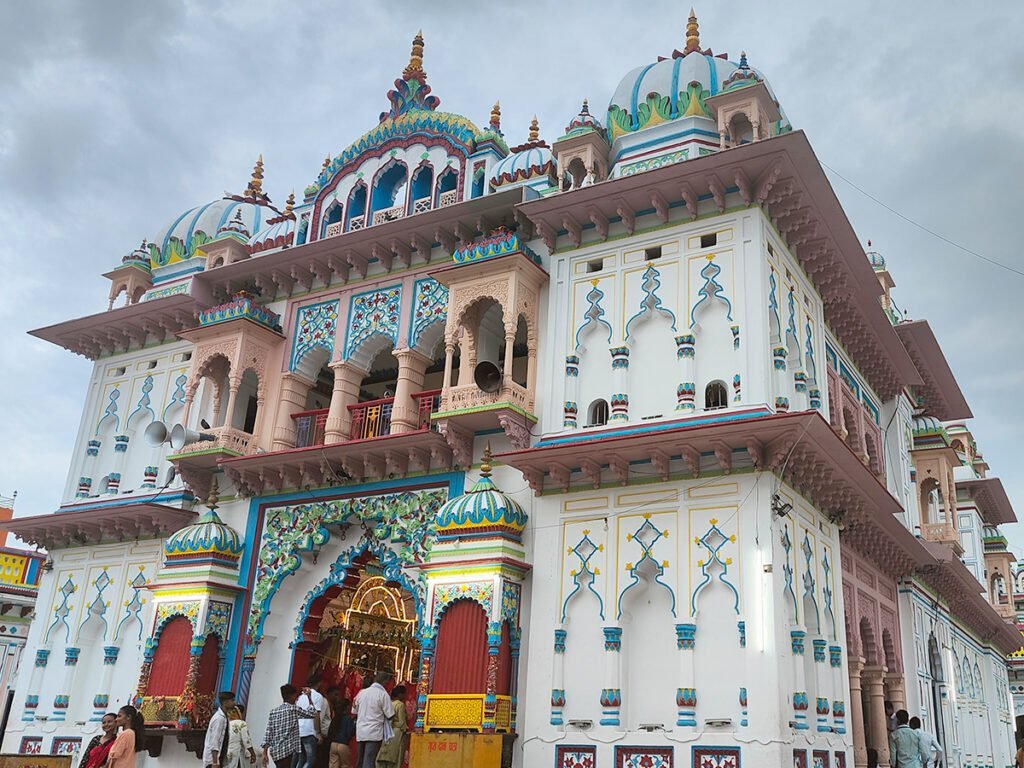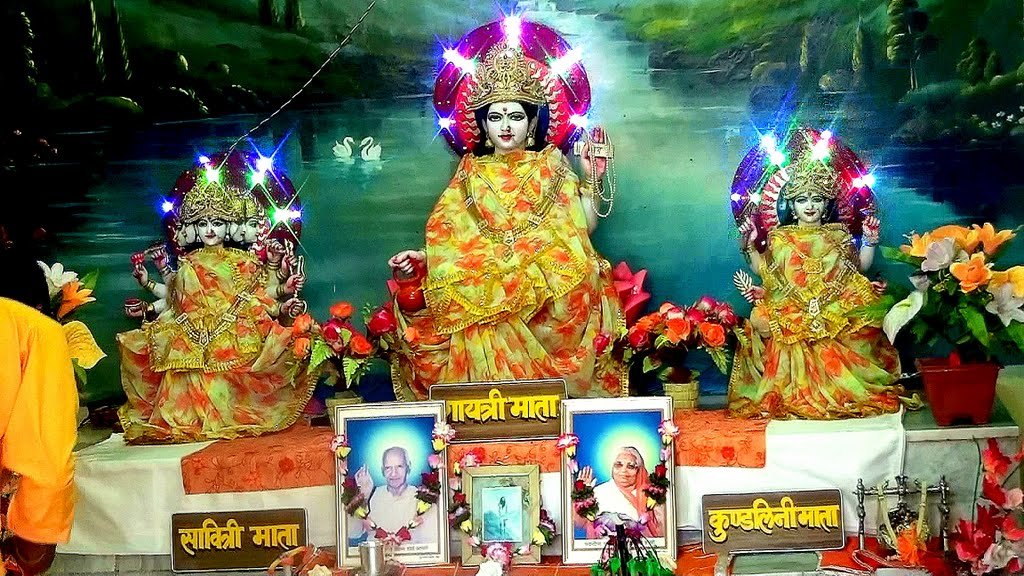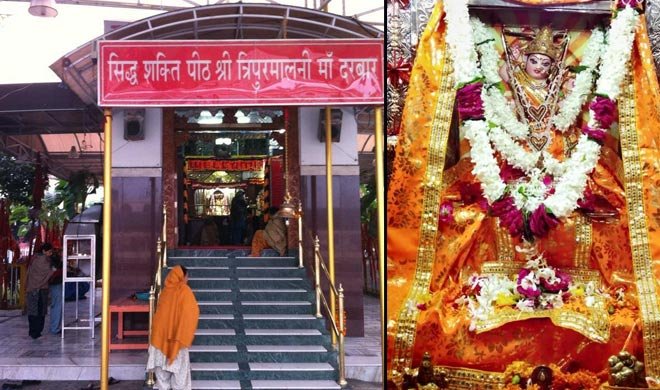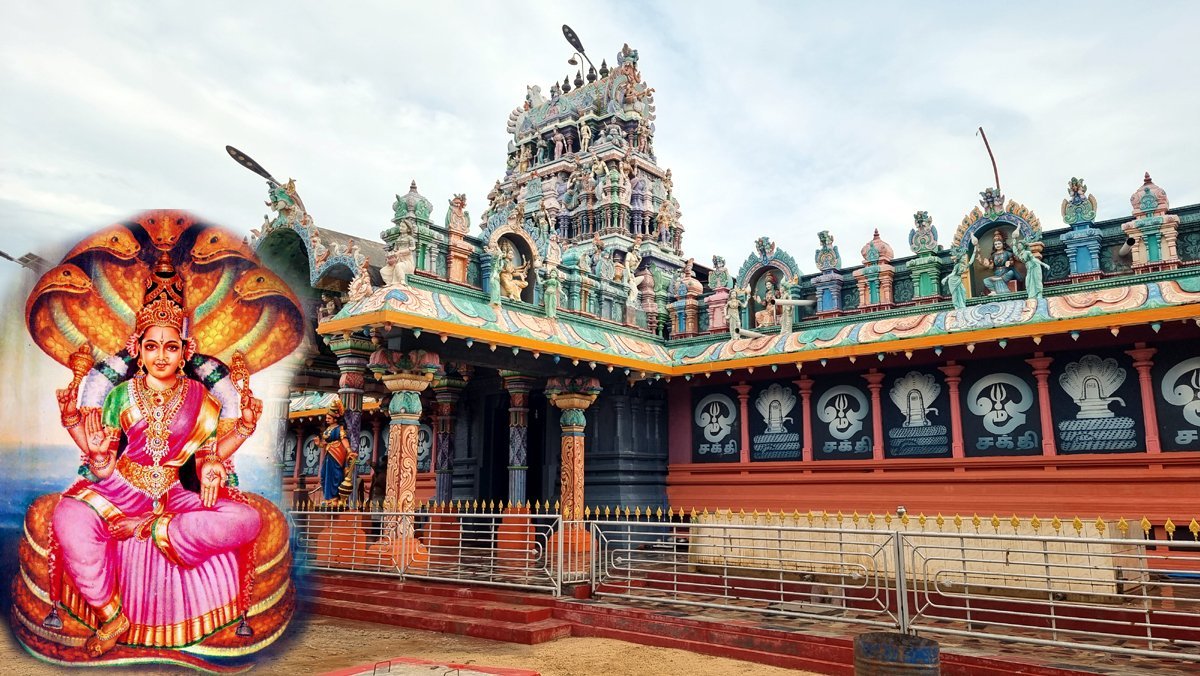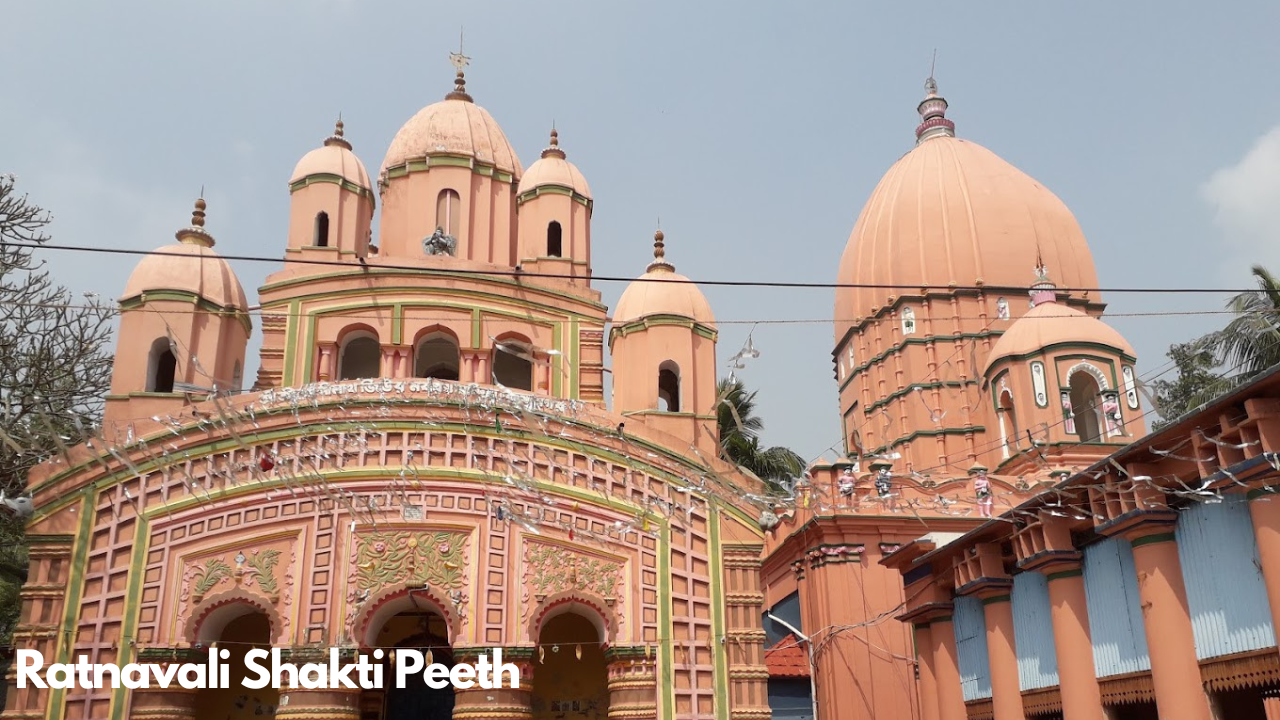Shri Mahagauri Avatar
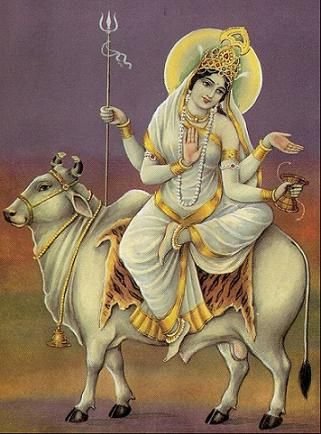
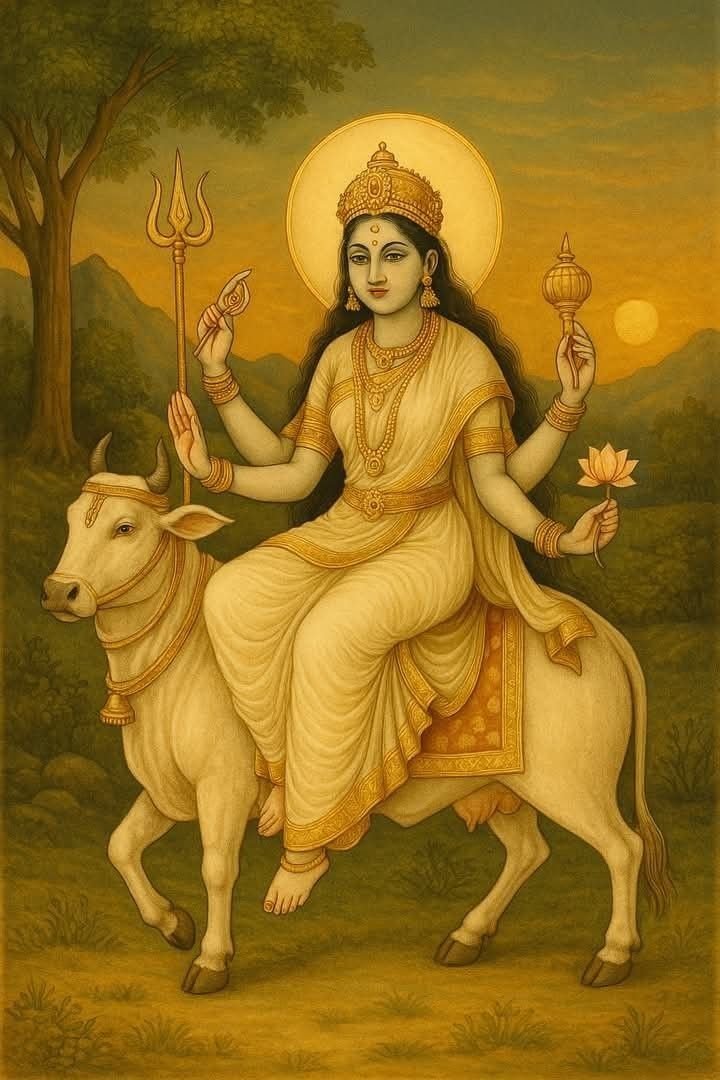
Maa Kaalratri’s worship is believed to protect from evil forces, accidents, and negative energies, instill courage, and purify the mind and soul. She represents the destructive aspect of Shakti, showing that destruction is sometimes necessary to remove obstacles and pave the way for creation and positivity.
Mythological Significance of Mahagauri Avatar
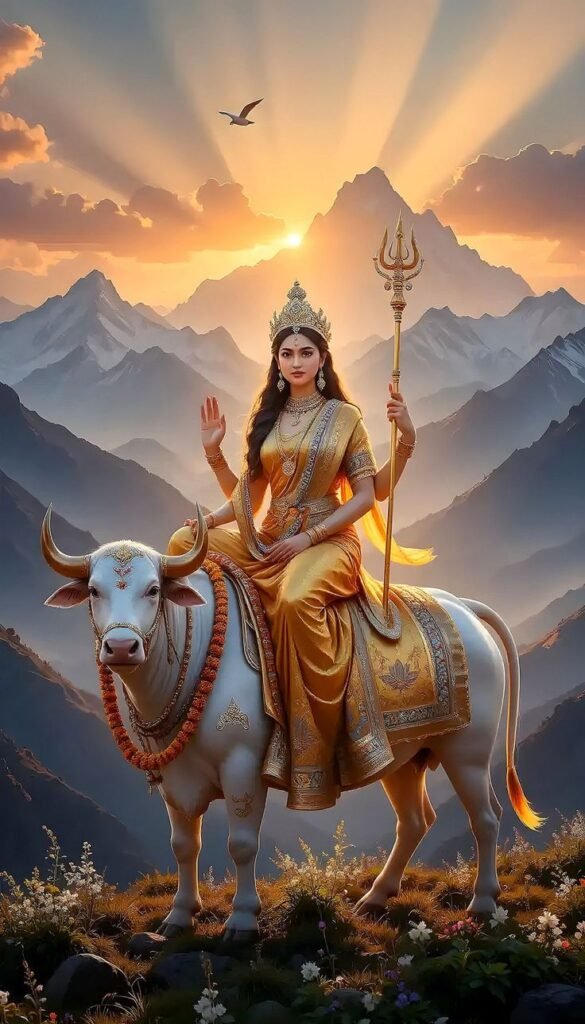
Maa Kaalratri, the seventh form of Maa Durga, is one of the most fierce and terrifying manifestations of the Divine Mother, symbolizing the destruction of evil, ignorance, and darkness. She represents the power of Shakti in its most formidable form, showing that the Divine Mother can be both protective and destructive when necessary.
According to Hindu mythology, during the battle with the demons Chanda, Munda, and Raktabija, the gods were unable to defeat these powerful asuras due to their extraordinary strength. To destroy them, Maa Durga manifested Maa Kaalratri from her forehead, a form so fierce that it struck fear into the hearts of demons. With her dark complexion, disheveled hair, fiery eyes, and a sword in one hand, she attacked the demons relentlessly. Her terrifying appearance symbolizes the force that annihilates negativity and restores dharma.
Maa Kaalratri rides a donkey, which signifies humility and her ability to move swiftly against evil. One of her hands is in abhaya mudra, offering protection and fearlessness to her devotees, while another bestows blessings. She embodies the destructive aspect of the Divine Mother, teaching that destruction of darkness and negativity is essential for the creation of a pure, virtuous, and balanced world.
According to Hindu mythology, during the battle against the demons Chanda, Munda, and Raktabija, the gods struggled to defeat the asuras because of their immense strength and supernatural powers. In response, Maa Durga manifested Kaalratri from her forehead. With her fierce appearance, dark complexion, unkempt hair, flaming eyes, and a sword in her hand, she terrified and destroyed the demons. Her ferocity symbolizes the uncompromising power of righteousness and the necessity of destroying negative forces for the welfare of the universe.
Her donkey mount signifies humility and the ability to act decisively against evil. The abhaya mudra in one hand reassures her devotees, giving them fearlessness and protection, while her other hands wield weapons to destroy negativity. Maa Kaalratri is also associated with spiritual awakening, showing that confronting one’s inner fears, ego, and negative tendencies is essential for growth and liberation.
Symbolism of Mahagauri Avatar
Maa Kaalratri, the seventh form of Maa Shakti, symbolizes the destructive and transformative power of the Divine Mother. She represents the energy that destroys darkness, fear, evil, and ignorance, teaching devotees that courage and fearlessness are essential to overcome both external and internal obstacles. Her dark complexion and terrifying appearance reflect the intensity of divine power required to eradicate negativity, while her protective gestures assure devotees of safety and guidance.
Her disheveled hair, flaming eyes, and sword symbolize strength, determination, and the ability to cut through illusions and ignorance. The lion or donkey she rides signifies courage, humility, and swift action against evil forces. One hand in abhaya mudra conveys protection and fearlessness, while the other carrying weapons shows her fierce energy against negativity and injustice.
Maa Kaalratri’s symbolism extends beyond external battles; she teaches that spiritual growth requires confronting one’s inner fears, ego, and negative tendencies. Her darkness is transformative, purging ignorance and preparing the devotee for spiritual illumination. She embodies the balance of fierce power and compassionate protection, showing that true strength lies in fearlessness guided by righteousness and devotion.
In essence, Maa Kaalratri represents the dynamic, protective, and purifying aspect of Shakti, inspiring devotees to face challenges boldly, remove inner and outer negativity, and attain spiritual courage, wisdom, and liberation. with compassion and strength with righteousness.
Her dark complexion, disheveled hair, and flaming eyes symbolize the intensity and ferocity of divine energy required to destroy evil. These features also convey that fear and chaos in the world are temporary and can be overcome by the power of righteous action and devotion. The sword in her hand represents knowledge, discernment, and the courage to cut through ignorance, while her other hands, sometimes carrying weapons or in blessings, indicate that she is both destructive toward negativity and protective toward her devotees.
Maa Kaalratri rides a donkey (or sometimes a lion), symbolizing humility, courage, and swift action. Her mount indicates that even the fiercest energy is grounded in purpose, discipline, and righteous intent. One hand in abhaya mudra reassures devotees, providing fearlessness and divine protection, while her overall fierce demeanor teaches that spiritual progress often requires confronting inner and outer darkness with courage and determination.
Spiritually, Maa Kaalratri represents the purifying aspect of Shakti. Just as she destroys demons and negativity in mythology, she helps devotees overcome inner fears, ego, doubt, and attachments, preparing the mind and soul for higher consciousness. Her worship encourages the cultivation of fearlessness, resilience, moral strength, and unwavering devotion, reminding devotees that divine power protects those who uphold dharma.

Worship of Mahagauri Avatar of Maa Shakti
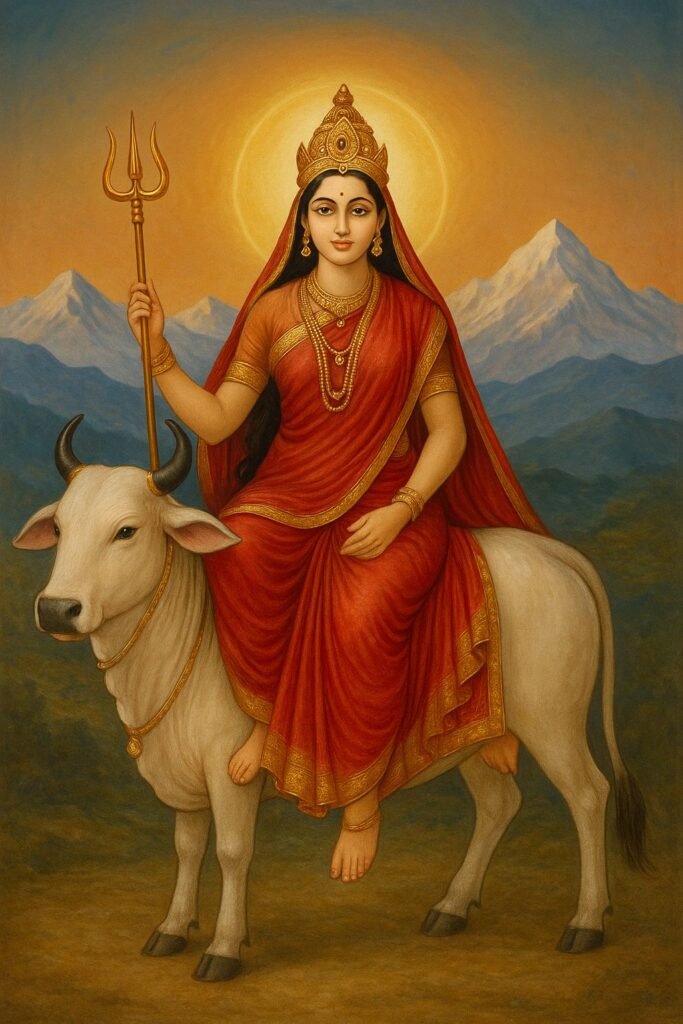
Maa Mahagauri is the eighth form of Maa Durga, worshipped on the eighth day (Ashtami) of Navratri. She represents purity, serenity, and divine grace, symbolizing the cleansing of sins, removal of sufferings, and attainment of spiritual wisdom. Unlike the fierce forms of Durga, Maa Mahagauri is calm, compassionate, and gentle, radiating peace and tranquility.
Preparation for Worship
- Devotees begin with personal and spiritual purification, taking a bath and wearing clean, white or light-colored clothes, symbolizing purity.
- The altar is decorated with her idol or picture, along with lamps (diyas), incense, flowers (especially white), fruits, and sweets.
- White items like rice, milk, and flowers are often offered to reflect her serene and pure nature.
Mantras for Worship
The main mantra for Maa Mahagauri is:
“ॐ महागौर्यै नमः (Om Mahagauryai Namah)”
Chanting this mantra invokes her gentle yet powerful energy, helping devotees remove sins, negativity, and spiritual obstacles, while gaining peace, wisdom, and prosperity.
Some devotees also recite the Durga Saptashati or Mahagauri Stotra during her worship to seek her blessings.
Rituals of Worship
- Light a diya and incense sticks in front of her idol while chanting her mantras or performing Aarti.
- Offer white flowers, milk, fruits, and sweets as a symbol of devotion and purity.
- Meditate upon her calm and radiant form to absorb her energy of serenity, purity, and spiritual illumination.
- Seek her blessings for health, prosperity, peace, and removal of sufferings and sins.
Benefits of Worship
- Removes sins, sufferings, and past karmic debts.
- Brings mental peace, purity, and spiritual wisdom.
- Blesses devotees with prosperity, success, and harmony in life.
- Encourages detachment from negativity and material distractions, promoting spiritual growth.
Maa Mahagauri’s worship teaches that purity, peace, and calm strength are as powerful as fierce courage. She is a reminder that spiritual cleansing and devotion lead to inner illumination, protection, and divine blessings.es in life.
Mantras of the Divine Avatar
ॐ महागौर्यै नमः॥
“I bow to Maa Mahagauri, the pure and radiant mother who removes sins, grants peace, prosperity, and spiritual wisdom.”
Aarti of the Divine Avatar
सिंह पर माता महागौरि,
सकल पाप हरे जगदम्बि।
भक्तों को दे सुख, समृद्धि,
जय महागौरि माता।
जय महागौरि माता॥
“O Mother Mahagauri, who rides a lion and removes all sins from the world. You bless your devotees with happiness, prosperity, and protection. Victory to you, O Divine Mother!”
















































